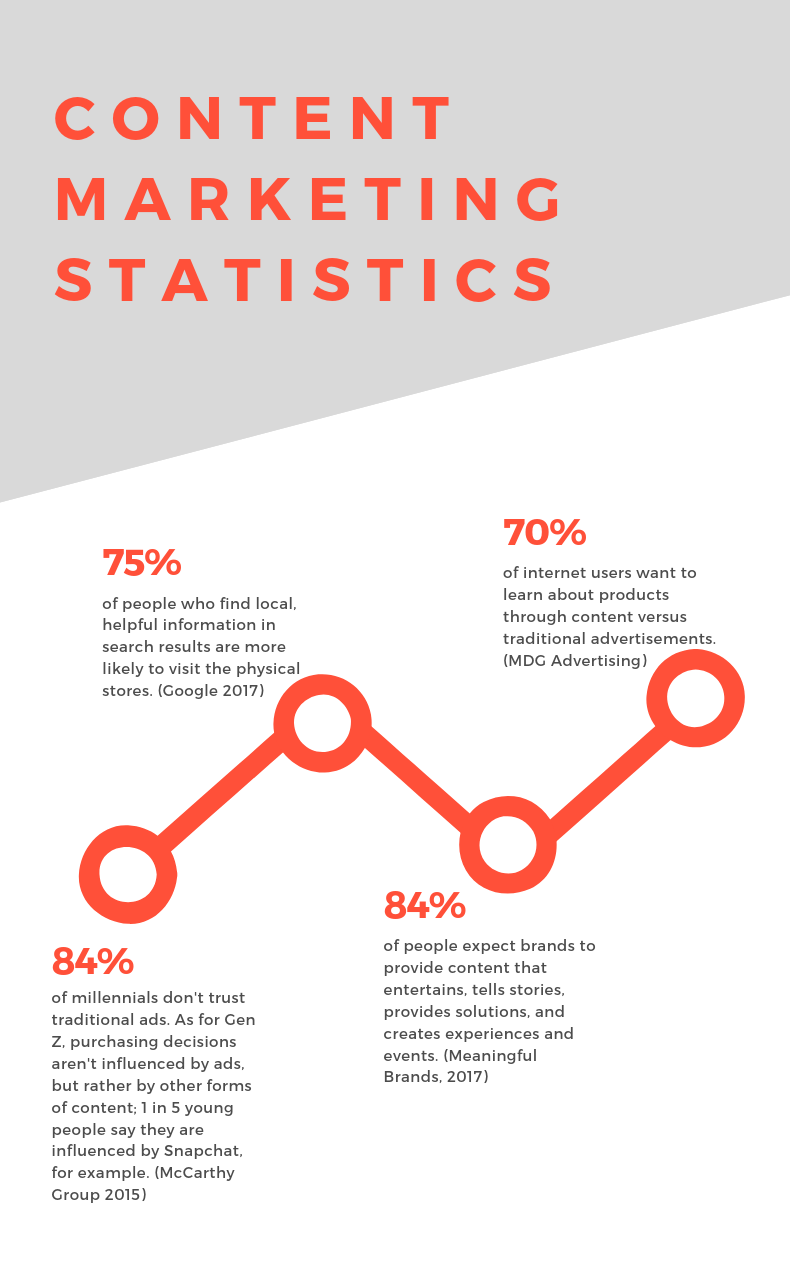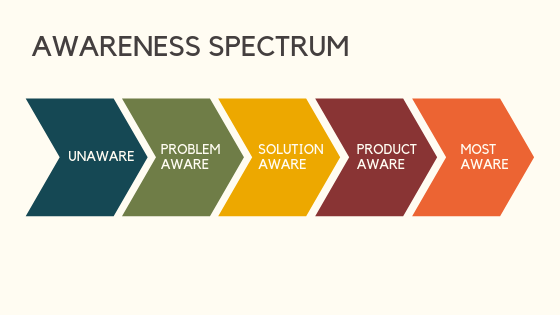Content That Hits The Mark
How do you measure the ability of a business to stay relevant and to survive when faced with constantly changing consumer behaviours? A good place to start, is how long they’ve been in the same business for. The Coca-Cola Company, for example, has been in the business of manufacturing carbonated soft drinks since 1886.
Aside from the addition of new flavours, Coke, for the most of its 132 years of existence has remained the same. One would think that after all that time, Coke would have lost some of its appeal. Yet, according to YouGov, 100% of the 5,174 participants interviewed have heard of Coke, and it is described by fans as “refreshing, it’s everywhere, for everyone, good quality, and must have.”
So, what’s Coca-Cola doing right that businesses can learn from?
Product and packaging innovations play a big role, but the other contributor to the success of the Coca-Cola brand can be attributed to content. According to Contently, Coca-Cola spends more money on content creation than it does television advertising.
When you consider the statistics, it is clear to see that when you create content that hits the mark, it is a powerful tool for creating brand awareness and loyalty, reach and engage your audience, and drive website traffic, lead generation, and conversion.
But how do you go about creating quality and relevant content? To do that you’ll need to get into the headspace of your audience by identifying at what stage of the awareness spectrum they are in.
Unaware
At the Unaware stage of the spectrum, your audience doesn’t even realise that they have a problem that your business can help solve. Naturally, this means that they’re not actively searching for a solution which makes the people on this end of the spectrum the most difficult – but not impossible – to reach.
The key here is to make them realise that they have a problem, but this must be done subtly through content that grabs their attention and forges an emotional connection. According to Contently, 53.9% of consumers don’t trust sponsored content, so avoid content that comes off as an advertisement and instead focus on creating entertaining and educational stories.
Other great strategies include creating guest posts for sites that your audience frequents and content in bite-sized formats such as infographics.
Problem Aware
Congratulations, your marketing efforts have successfully moved your audience from being unaware into the Problem Aware stage. But, now is still not the time to overwhelm your audience with product or service promotions and complex information.
Instead, aim to educate your audience about the problem they are facing, and perhaps ways on how to solve these problems, with self-help content such as blog posts, guides, and e-books. This may seem like the exact opposite of what you want the end-result to be, but in doing so helps build your brand’s credibility and the relationship between your brand and the audience.
To further drive the importance of building a relationship with your audience, keep in mind these statistics:
- 65% of people that feel an emotional connection to a brand, say it’s because “they care about people like me” (Customer Thermometer).
- 45% of consumers will unfollow a brand if their activity is dominated by self-promotion (BuzzStream).
Solution Aware
Perhaps one of the most crucial stage in the awareness spectrum. Solution Aware audiences now know that they have a problem, and they know that there are solutions to that problem. But they are not in a ready-to-buy state just yet.
At this stage, your marketing efforts should be tailored to inform and convince your audience that the solutions offered by your business is the right one. The good news is that, your audience are likely to be more receptive of your message having already established some level of trust with your brand.
Aim to establish an emotional connection with your audience with content that tells a scenario that they can relate to and how that ties in with the solution you are offering. This content can be in the form of case studies, product or service comparisons, and blog posts.
Product Aware
Now that you’ve established trust and credibility that your brand solution is the best one for your audience, they move into the Product Awareness stage. Here, the objective is to convert them into a customer by highlighting the value of your product or service.
This can be done through value-adding content such as tips, user guides, product-focused blog articles, and newsletters which are heavily promoted to ensure it gets in front your audience. Including strong calls-to-action is also crucial at this stage as it may be that final push that your audience need to make a decision to buy.
Most Aware
People in the Most Aware stage of the Awareness Spectrum are loyal fans of your brand and the product or service it provides. They are likely to be repeat customers are would recommend your solution to the people they interact with.
This bodes well for your business as the probability of selling to an existing customer is between 60% to 70% compared to the probability of selling to a new prospect which is between 5% to 20% (Marketing Metrics).
But this loyalty should not be taken for granted as loyal customers are also easily lost. At this stage your content marketing efforts should be geared towards encouraging conversations and building a community that will advocate for your brand.
Exclusive content tailored to loyal customers and in-depth guide on how to use or make the most out of the solution they have just purchased from you is a good way to keep your Most Aware customers engaged.
Now that you know how to create content that hits the mark, there’s no reason not to. As the saying goes; content is king – that remains to be true and brands such as Coca-Cola are proof that when you create relevant and valuable content, you are setting your brand up for longevity.

